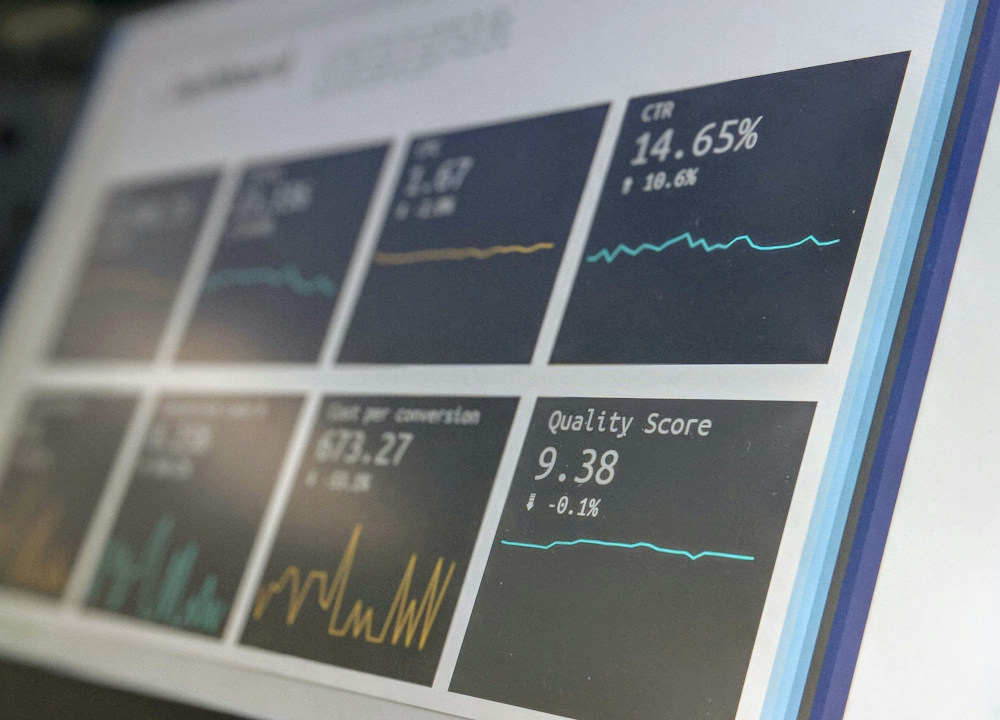If Part 1 of this series was about building trust through service clarity, then this next step is about what you do with that trust. TBM financial planning isn’t about reporting, it’s about giving the business a lever. A lever to make smarter decisions, manage demand, and shape the future of IT investment.
From Service Cost to Informed Choices
Once TBM is embedded, the business expects more than basic cost breakdowns. They want actionable insights, answers to questions like, What does this service cost me? What are my options? What happens if we raise or lower the service level?
This is where TBM shifts from passive transparency to active management. You move beyond simply showing costs, toward enabling Price x Quantity (PxQ) conversations where services are priced, demand is measured, and trade-offs become possible. If a team wants higher availability or faster resolution, they understand the cost implication. If they want to cut spend, they see where the volume or complexity is driving it.
When this works well, service levels and service costs become living discussions, not fixed artifacts. And that’s where accountability starts to grow.
Planning, Not Guessing
Too often, annual budgeting still feels like a game of educated guesswork. Teams are asked to plan for the next 12 months based on what they think they’ll need, with little historical data or structure to guide them.
TBM financial planning changes that. With a working service model, IT can use actual consumption data to predict demand trends and forecast spend, not just at the tower or application level, but by business function. For example, if digital sales sees an uptick in volume, TBM allows you to plan for the corresponding support, infrastructure, and licensing needs.
This changes the shape of investment discussions. Instead of pushing back on blanket increases using a thumb suck approach, the business can challenge specific drivers and the conversation becomes more productive.
BAU vs Investment | A Better Split
One of TBM’s most powerful contributions is helping the business distinguish between run and change. That is, what’s keeping the lights on versus what’s driving growth, transformation, or efficiency.
In mature environments, this distinction shapes how work is prioritised, how funding is allocated, and how performance is measured. If 80% of your budget is tied up in BAU and your TBM model shows flat or declining usage, something needs to be re-balanced. Conversely, if a new initiative shows high cost growth and service impact, TBM lets you flag that before it becomes a problem.
This also helps with strategic investment. If leadership can see how specific capabilities like automation or cloud scaling impact business outcomes and service cost, it moves strategy from gut feel to evidence-based planning.
Enabling Strategic Decisions
TBM doesn’t define strategy, but it enables it. With proper financial modelling and usage data, it becomes possible to make big decisions with confidence. Should we outsource a capability? Can we justify a platform consolidation? What’s the long-term cost of not remediating legacy risk?
These questions are hard to answer without financial visibility at the service level. TBM gives leaders that visibility, alongside the ability to assess scenarios, spot trends, and model trade-offs. In times of budget pressure or change, mergers, divestments, or restructuring, this insight becomes invaluable.
And importantly, it builds discipline. Once TBM becomes part of regular planning and review cycles, business and IT start to plan together, using a shared language.
🔗 Further Information.
